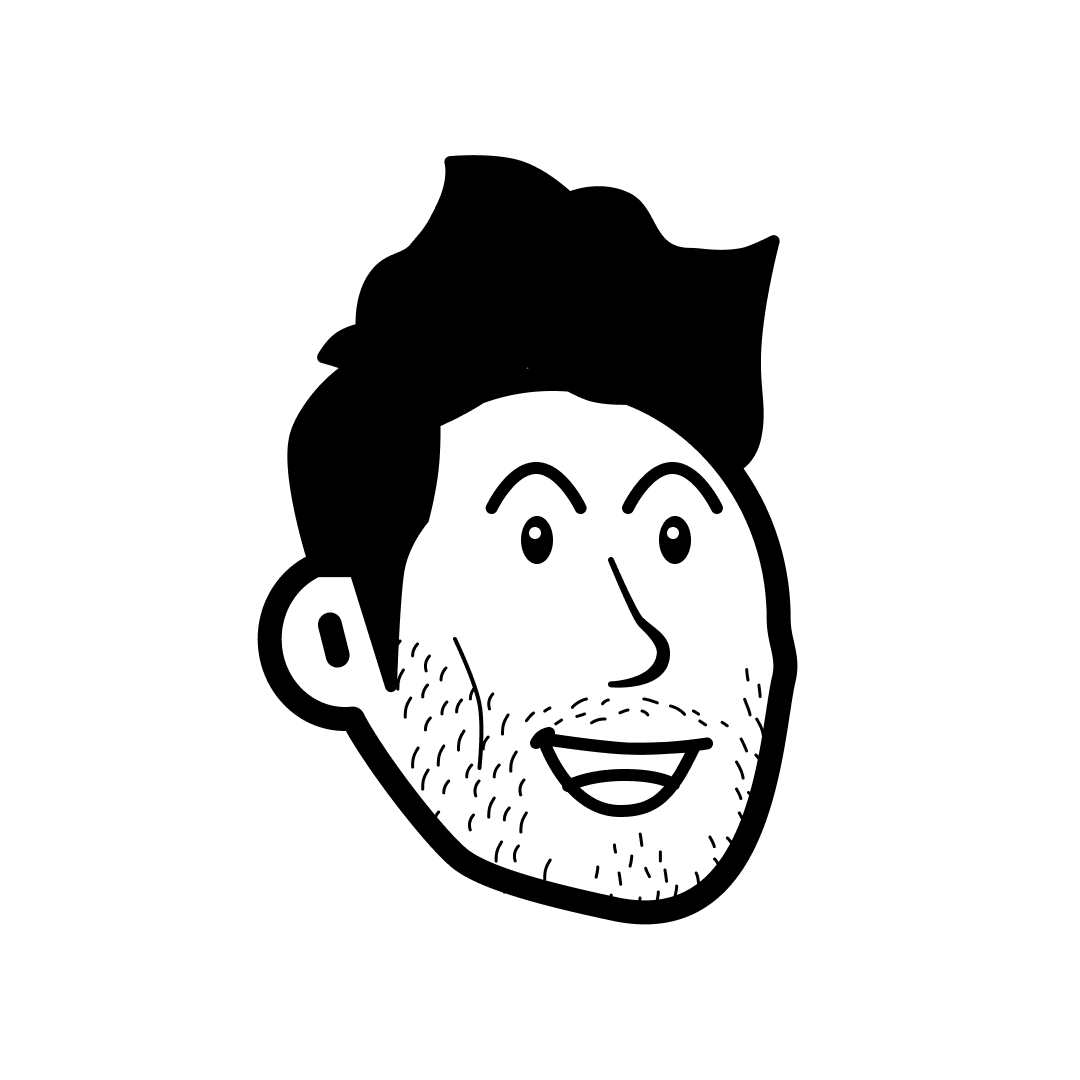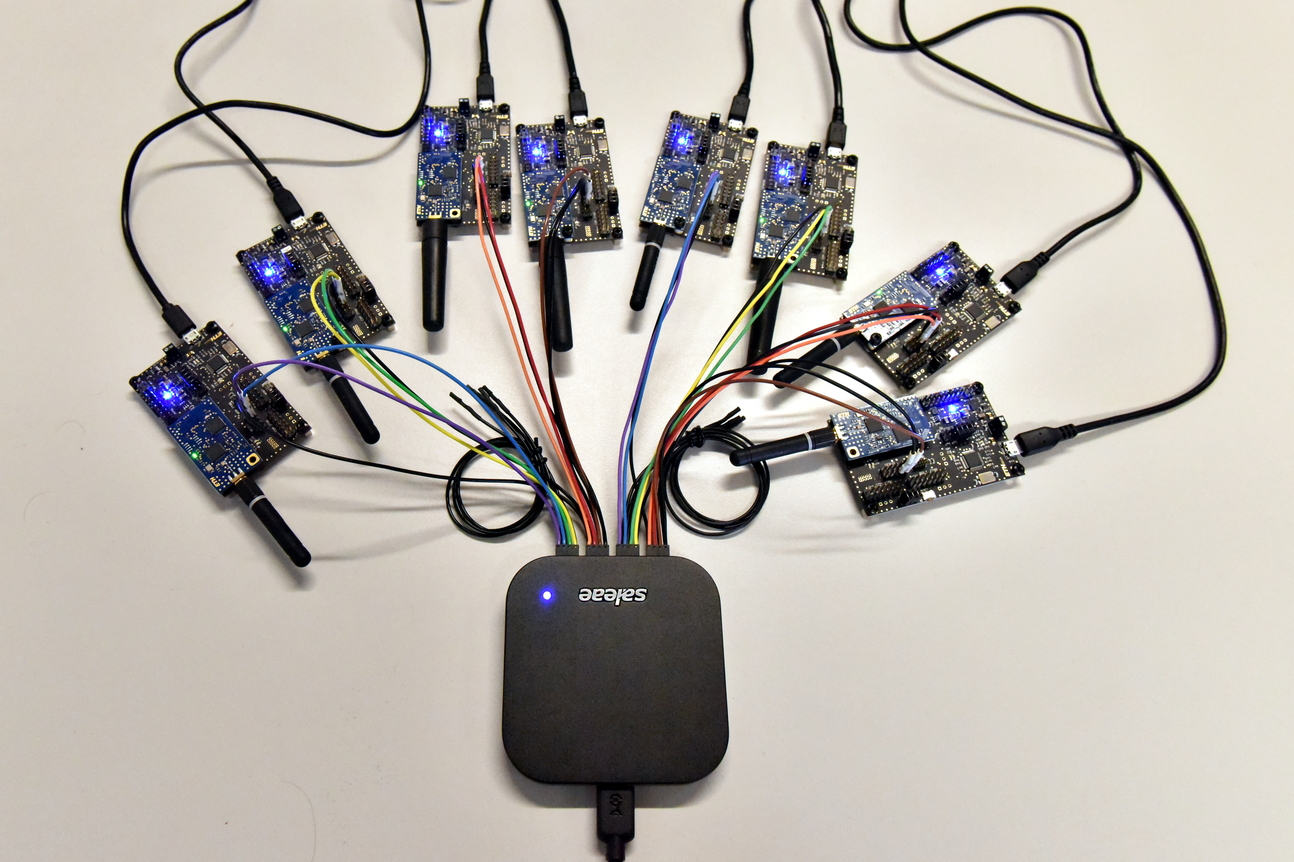Science Communication
As a scientist, I consider it is part of my job to communicate about what my research, to an audience as large as possible. It is not about showing off. I found that the vast majority of people is genuinely interested in science and research.
You will find here some of my attempts to tell a bit about what I do.
What do you (really) know about WiFi?
Oct. 2019
|
This video was created in November 2018 as part of a project for the graduate course "Science & Policy: communicating science" at ETH Zurich, which aim to train scientists to clearly communicate scientific findings to the general public in concise, cleared and simplified manner (as we tried to do in the video). Designed and produced by:
|
The eMedusa
Jan. 2019
|
Smart objects are part of our lives. Everything gets connected and continuously exchanges information. More information about our tastes and habits let the objects around us provide better, tailored services. We dream of simpler and happier lives. But this may also be a daunting prospect. Aren’t fictions like 1984, or The Matrix turning into reality? The speed of changes can be petrifying! The risk is to see things go out of control. This is why scientists need to understand better how to use new technology, such that it helps to make our like easier; not turning the dream into nightmare. This picture shows an experiment to measure the precision of time synchronization between different radios. In wireless communication, precise timing is key to minimize energy consumption, which is a major challenge for the future of connected objects. A logic analyzer (the petrifying Medusa's head) is used to monitor the operations of 8 radios, which are synchronizing themselves wirelessly. |
Connected Objects – The Monsters of the Digital Age? © 2018, Romain Jacob Picture submitted at the 2019 SNSF Scientific Image Competition, which encourages researchers working in Switzerland to present their works to the public and the media. |
Internet of Things - The "smart-everything" era
Sep. 2018
|
Over Summer 2018, I followed a great training from the MAZ school of journalism from Luzern. In this video, I present some of the challenges in having more and more wireless connected objects, and how we have been using techniques like 'Synchronous Transmissions' to mitigate some of these problems. |
Famelab - Future is coming
Jun. 2017
|
In 2017, I participated in Famelab, an international science communication competition similar to the increasingly popular "My thesis in 180s" contest. In this performance, entitled Future is coming, I discuss how artificial intelligence and machine learning are invading our everyday lives. (Famelab Swiss Finals, Basel, June 2017) |
|
My Thesis in 180s
May. 2016
|
In 2016, I participated in an internal "My Thesis in 180s" organized by Nano-Tera.ch, a Swiss initiative that founded multiple cutting-edge research projects, including X-Sense2, in which my group was involved. This performance tells the story of the PermaSense project, which deploys wireless sensor networks in the mountains to enable fundamental geology and glaciology research... and for early warning! (Nano-Tera Annual Plenary Meeting, Lausanne, May 2016) |
|

